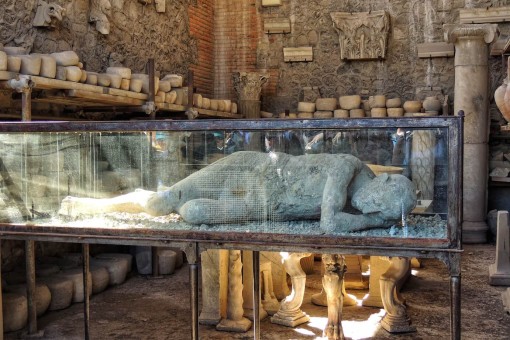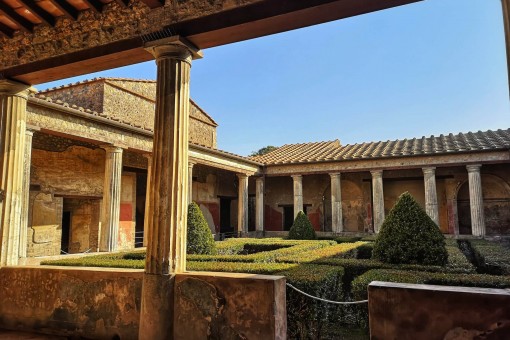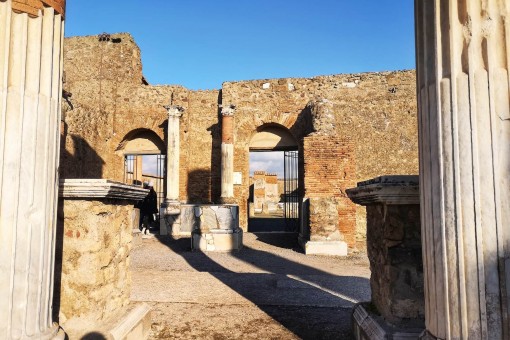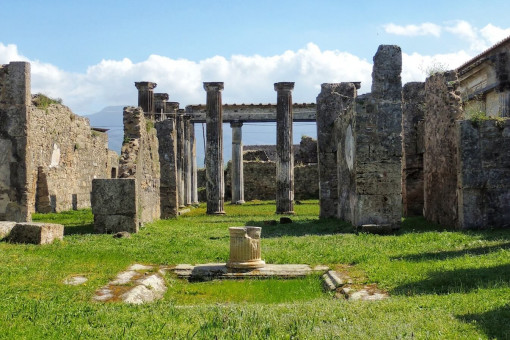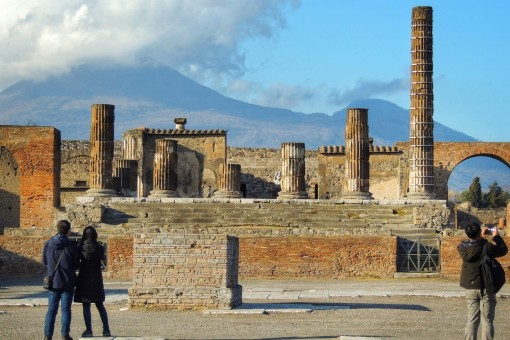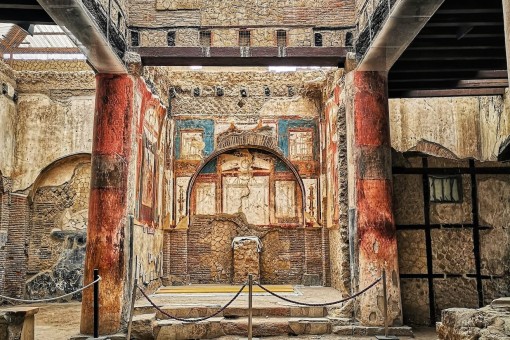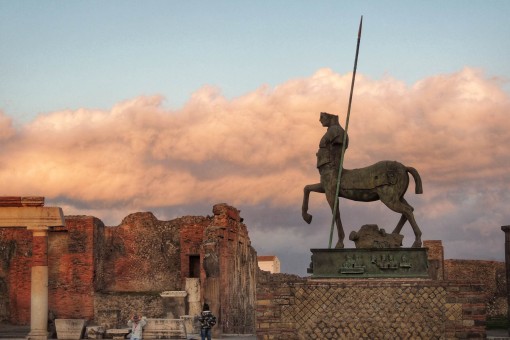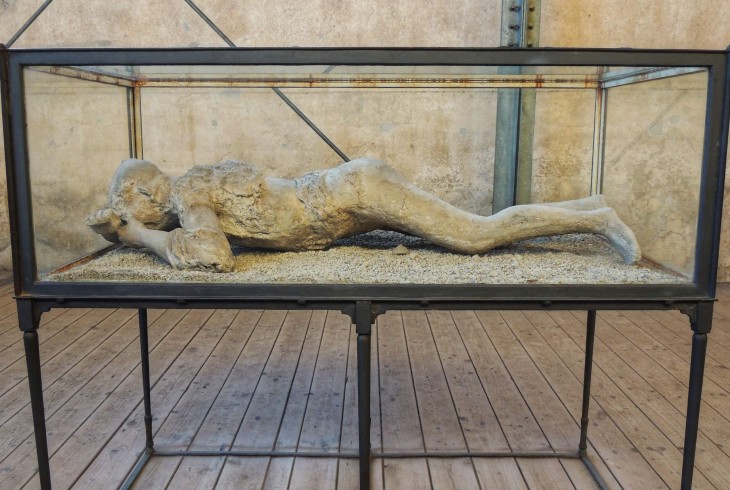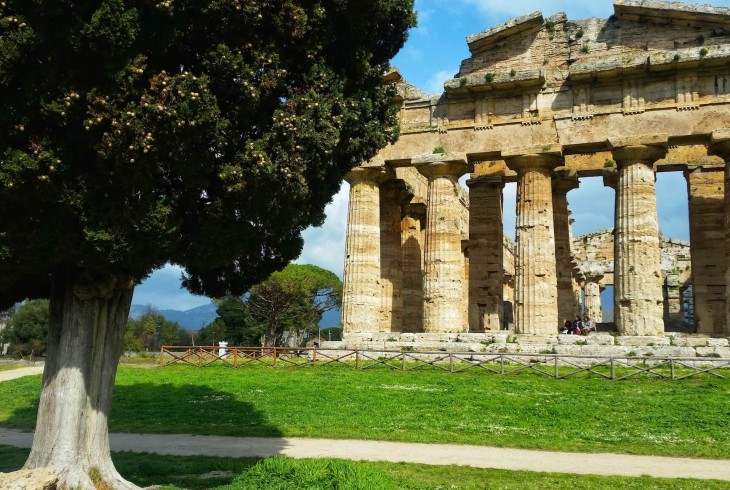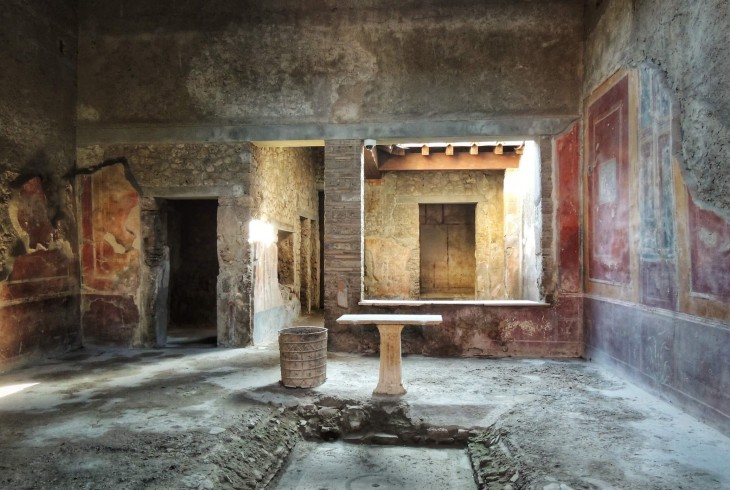7 results found
Pompeii Tours & Day Trips from Rome
Walk the streets of the buried city frozen in time
Best-Selling Pompeii Tours
News from our blog
Discover the latest news about our Destinations
Through Pliny’s Eyes: The Last Hours of Pompeii
Experience the fall of Pompeii through Pliny’s vivid account of the eruption of Mount Vesuvius.
Mon 25 Aug 2025
Beyond Pompeii: Five Ancient Sites Near Naples You Need to Visit
Beyond Pompeii, there are a wealth of extraordinary ancient sites worth a visit in the Campania region. From ancient temples to underwater cities and luxury villas, discover them with us!
Sat 30 Apr 2022
What to See at Pompeii: 15 Things Not to Miss (Part 2)
In part two of our illustrated guide to Pompeii we're exploring the most luxurious villas in the ancient city, as well as mysterious pagan temples and more.
Fri 15 Apr 2022
The Best Pompeii Tours
Pompeii is unique. There’s nowhere else in the world quite like it - sprawling ruins of a Roman town, paradoxically both destroyed and preserved by the volcanic eruption that wiped out its inhabitants. Exploring the atmospheric ruins on our brilliant Pompeii tours, you’ll learn all about the daily life, culture and religious beliefs of the people who once lived here. Standing in the middle of a vast amphitheatre; strolling through the gardens of a once luxurious villa - these are experiences you’ll never forget. We also offer private Day Trips to Pompeii from Rome, by fast train and by car, and a visit to the Archaeological Mueseum of Naples,which houses a striking collection of ancient artifacts and artworks excavetd in Pompeii.

